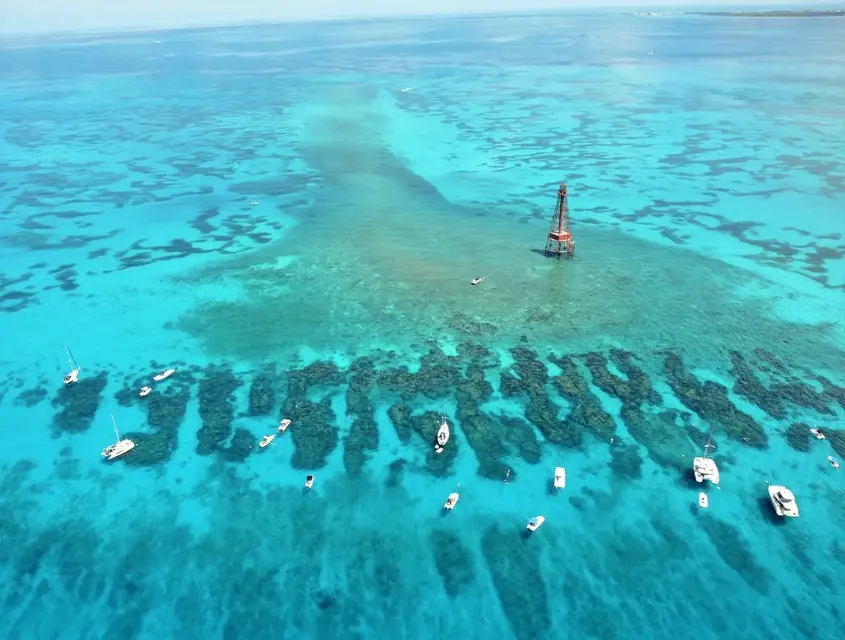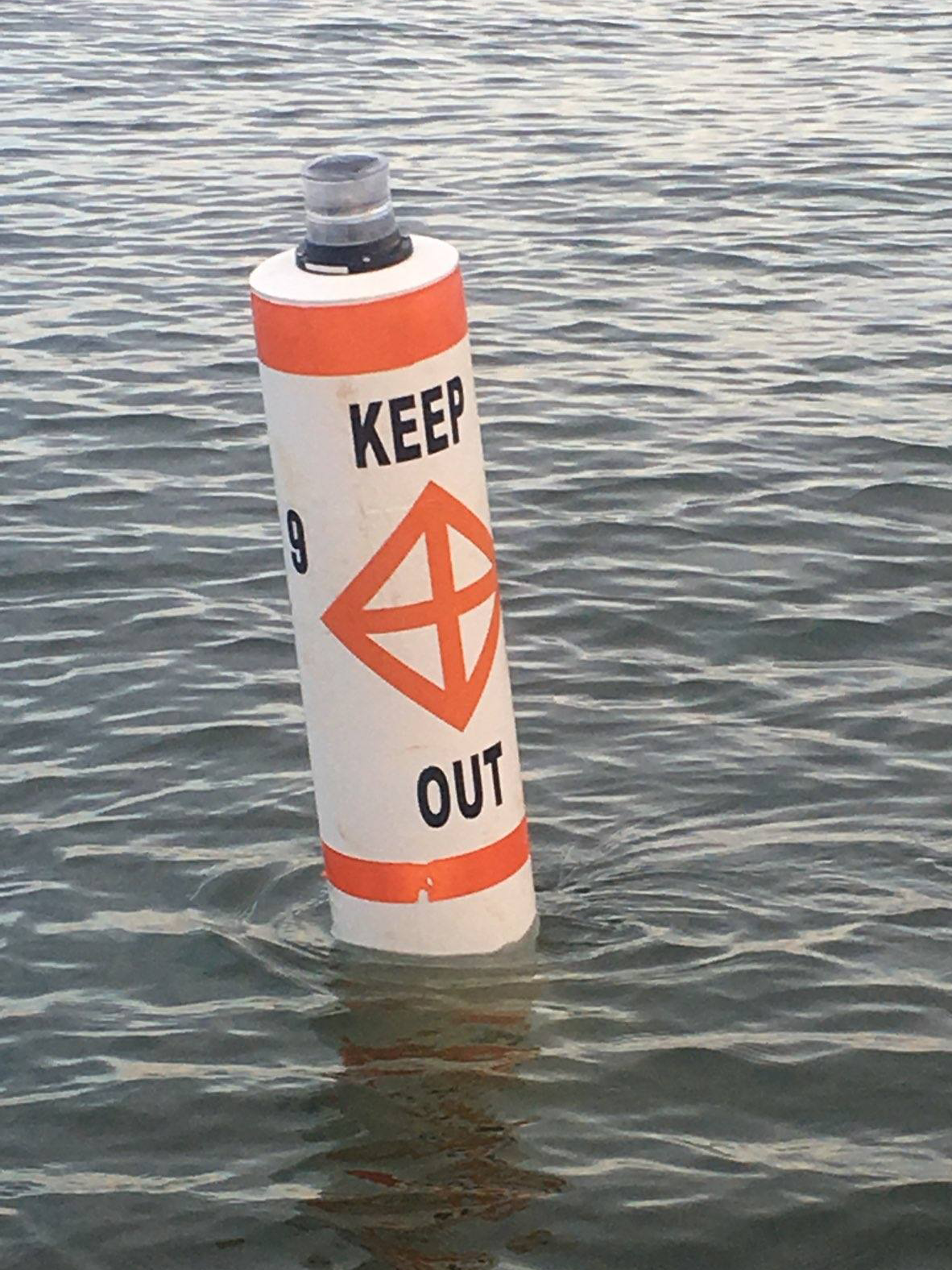How Do You Know When You Are Operating Your Vessel at a Safe Speed? Essential Tips and Guidelines
Boating safety is an essential aspect of operating any type of watercraft. Knowing and maintaining a safe speed is crucial for the safety of everybody on board and surrounding vessels. Speed plays a significant role in your ability to react to and avoid potential hazards and collisions. Safe speeds can vary and depend on various factors, including the type of vessel, its capabilities, navigational factors, environmental conditions, and traffic regulations.
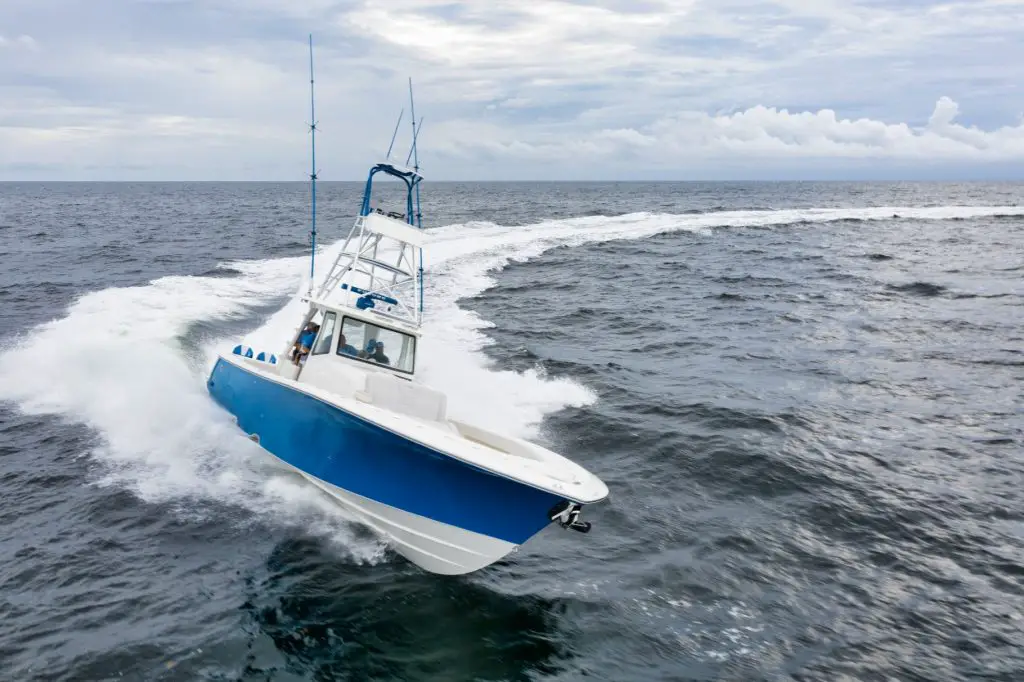
Understanding and assessing the prevailing circumstances will help you determine the appropriate speed for your vessel. It is necessary to take into consideration your vessel's draft, stopping distance, and maneuverability. Furthermore, being aware of the effect of wind, sea, and current conditions, as well as visibility, traffic density, and navigational hazards, can greatly influence the required safe speed.
Operating your vessel at a safe speed allows you to have better control and avoid collisions, ensuring the safety of both passengers and nearby watercraft. By considering various important elements, such as your vessel's capabilities and the overarching environmental and navigational factors, you can secure a safe and enjoyable experience for everyone on board.

Key Takeaways
- Safe speed is crucial for avoiding hazards and minimizing the risk of collisions.
- Factors affecting safe speed include the vessel's capabilities, navigational hazards, and environmental conditions.
- Operating at a safe speed helps ensure the safety and enjoyment of everyone on board and nearby vessels.
Understanding Safe Speed
Operating a vessel at a safe speed is crucial for ensuring the safety of the vessel and its occupants. A safe speed is one that allows the vessel to maneuver safely in any situation, taking into account various factors that can influence the vessel's ability to react and adapt to changing conditions.
One of the primary factors in determining safe speed is visibility. The operator must adjust the vessel's speed depending on the clarity of their view of the surroundings, including objects and other vessels in the area. Poor visibility due to weather conditions, darkness or obstructions may require a slower speed to maintain safety.
Traffic density is another significant aspect to be considered. In areas where there is a high concentration of other vessels, a safe speed allows the operator to react accordingly to any unexpected movement from other boats or objects, minimizing the risk of accidents. The operator should also be aware of the stopping distance and turning ability of their vessel, as these factors will influence the safe speed at which they can navigate and react to potential hazards.
The background light at night, proximity of navigational hazards and the draft of the vessel are important factors to take into account as well. The lighting conditions at night significantly impact visibility and reaction time, while navigating a vessel near hazards such as rocks, wrecks or shallow waters requires reduced speed and vigilance. Vessels with a deeper draft may have limited maneuverability in certain areas, thus requiring the operator to adjust the speed accordingly.

External conditions like wind, sea, and current play a role in determining the safe speed of a vessel. Adverse weather conditions can make it challenging to maintain stability and control, necessitating slower speeds for safety. Similarly, strong currents and choppy seas require the operator to modify the vessel's speed to ensure it remains controllable and safe.
Ultimately, understanding and maintaining a safe speed is the responsibility of the vessel operator. By taking into account various factors such as visibility, traffic density, stopping distance, background light, navigational hazards, draft, and external conditions, the operator can ensure that their vessel is operating at a safe speed, promoting the well-being of everyone on board and around the vessel.

Determining Your Vessel's Capabilities
To ensure the safety of all on board, it's crucial for a boat operator to understand their vessel's capabilities. Several factors should be considered, including the vessel's limitations, draft, maneuverability, turning ability, and size.
One key aspect of knowing your vessel's capabilities is being aware of its limitations. Every boat has specific built-in constraints such as maximum speed, weight capacity, and loading restrictions. These factors should be taken into account to maintain optimal performance and avoid accidents. Abiding by the guidelines outlined in the boat's capacity plate can help prevent mishaps due to exceeding limits.
Draft is another important consideration. It refers to the vertical distance between the waterline and the lowest point of the boat's hull, including the keel and other parts that may extend below the waterline. Understanding your vessel's draft is essential for navigating in shallow waters, avoiding underwater obstacles, and determining suitable marinas or docks that can accommodate your vessel's size.

Maneuverability is a critical aspect to gauge for safe vessel operation. Boats vary in their ability to change direction, stop, and handle different sea conditions. A boat operator should familiarize themselves with the turning ability of their vessel by practicing in a variety of conditions. How quickly the vessel responds to steering inputs, its turning radius, and its stability during turns should all be evaluated to ensure a safe and enjoyable experience on the water.
Size is an important factor in determining the vessel's capabilities as well. Larger boats tend to have more complex systems, require greater power to maneuver, and need more space to turn. Smaller vessels may be more agile and easier to navigate in crowded waters or tight spaces, but may be more susceptible to spacious big waves. Understanding how boat size impacts maneuverability and stability is essential for safe operation.
Ultimately, when operating a boat, the ability to maneuver is the most important factor for ensuring safety. A boat operator should always be familiar with the capabilities, limitations, and size of their specific vessel. Developing a strong understanding and awareness of these factors will make for a more enjoyable, safe, and confident boating experience.

Navigational Factors
When operating a vessel, it is crucial to consider various navigational factors to ensure a safe speed. One factor is visibility. The state of visibility plays a significant role in determining a safe speed. Weather conditions such as fog, mist, rain, or darkness can reduce visibility and, consequently, alter the ability to react to potential hazards. In such situations, it is essential to reduce speed and proceed with caution to avoid collisions.
Another important factor is the distance available to stop within the prevailing conditions. Safe speed should allow the operator to take proper and effective action to avoid collision and stop within a distance that is appropriate for the current circumstances. This distance includes accounting for the time needed to react and the vessel's stopping capabilities.
Navigational hazards are another crucial element that requires attention. Obstacles such as shallow water, submerged objects, or rocky areas should be identified and avoided to maintain a safe speed. Responsible vessel operation means being aware of potential hazards and adjusting speed accordingly.

Traffic density is another determining factor for safe speed. Ensuring the appropriate separation between vessels and taking note of nearby vessels' types and proximity is vital in maintaining safety. In high-traffic areas, it may be necessary to lower speed or adjust the course to avoid collisions or congestion.
Navigating near bridges can also present challenges, as the clearance height and width may be restricted. When approaching a bridge, operators should reduce speed, assess the clearance, and factor in the vessel's dimensions, ensuring safe passage through or under the structure.
Lastly, background light can influence safe speed determination. Situations with minimal or excessive background light may impact the visibility of other vessels, navigational markers, and potential hazards. In such conditions, it is necessary to take proper precautions, reduce speed, and use navigational aids to ensure safe passage.

Environmental Conditions
When determining the safe operating speed of a vessel, it is crucial to take into account the environmental conditions. These conditions can greatly impact visibility, maneuverability, and control of the vessel.
Weather plays a significant role in determining a safe speed. Factors such as fog, rain, snow, and storms can decrease visibility, making it difficult to gauge distances and identify potential hazards. In addition, they can create choppy waters and alter sea conditions, leading to increased difficulty in controlling the vessel.
Wind is another important factor to consider. Strong winds can create large waves, making it challenging to maintain a stable course and regulate speed. In heavy seas and strong currents, boats may require additional power to maintain control and avoid being pushed off course. On the other hand, light winds and calm seas offer greater stability and ease in maneuvering, allowing for higher safe speeds.
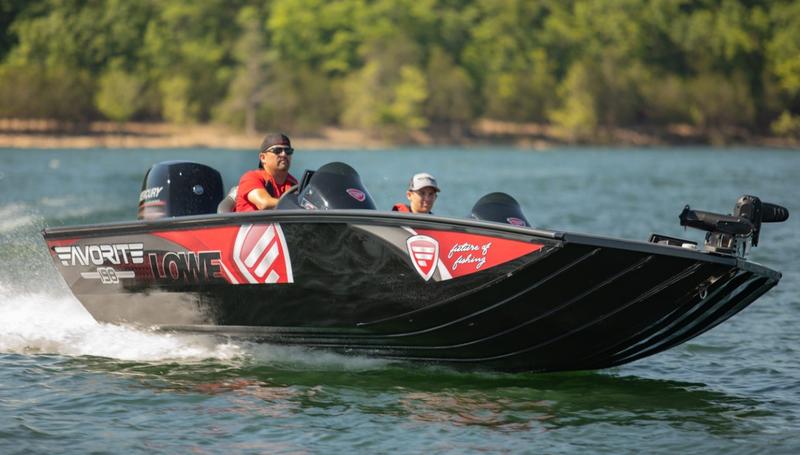
Sea conditions, such as the size and frequency of waves, also play a critical role. Large waves can lead to boats being swamped by water, while frequent waves can cause constant pitching and rolling, affecting the vessel's response to steering input. In these situations, it is necessary to reduce speed to maintain control and ensure safety.
Navigating in shallow water presents its own set of challenges. The vessel's draft and the risk of running aground become more pronounced, making it necessary to proceed at a slower speed to avoid potential hazards. Additionally, the state of wind and sea conditions may impact the tidal currents and water displacement in shallow areas, further requiring prudent adjustments to a vessel's speed.
In conclusion, experienced boaters understand that various environmental conditions, such as weather, wind, sea conditions, and water depth, all play critical roles in determining a safe operating speed. By taking these factors into consideration and adjusting speed accordingly, mariners can maintain control and ensure the safety of their vessel and passengers.
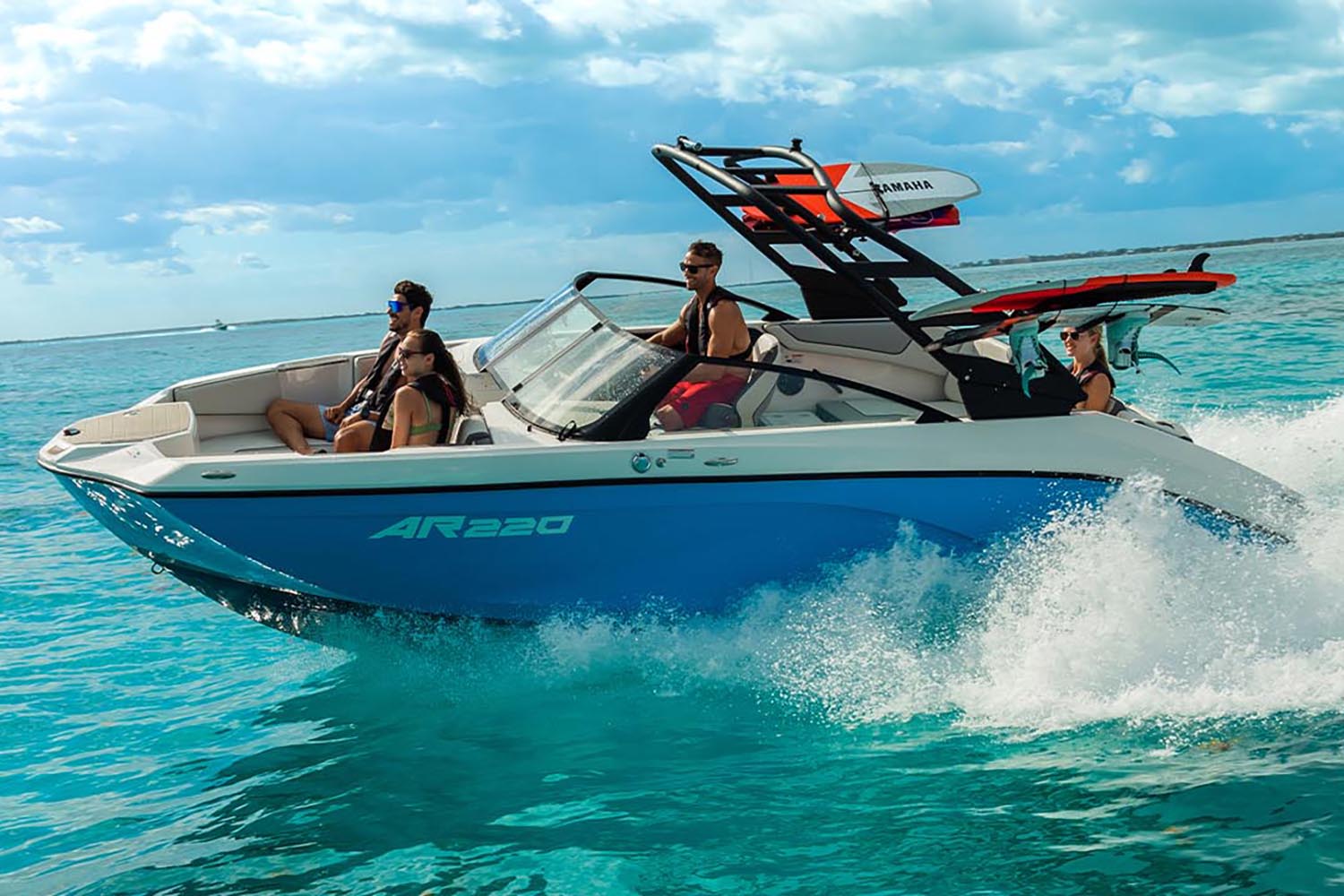
Traffic Regulations and Rules
When operating a vessel, it is essential to follow traffic regulations and rules to ensure safe navigation. Being aware of these guidelines can help avoid accidents and maintain order on the waterways.
One fundamental rule to follow is the right-of-way, which determines which vessel has the priority to proceed. In general, the stand-on vessel has the right-of-way, and the give-way vessel must alter its course or speed to avoid a collision. Knowing when to yield to another vessel can prevent confusion and potential accidents.
Speed limits are another critical aspect of traffic regulations. To operate your vessel at a safe speed, it is necessary to consider factors such as visibility, traffic density, maneuverability, and the presence of navigational hazards 33 CFR § 83.06 - Safe speed (Rule 6). It is crucial not to exceed the manufacturer's recommended speed limit for your vessel and adhere to any local restrictions Boat Speed Limits: How Fast You Should be Going?.
In addition to speed limits, there are several other traffic rules and regulations to observe while on the water:
- Maintain a safe distance from other vessels, especially when passing or overtaking, to ensure adequate maneuvering space.
- Pay attention to navigational aids such as buoys, markers, and signs, as they can provide crucial information about safe passage and speed restrictions.
- Observe established channels, marked by buoys or other navigational aids, to avoid hazards and facilitate efficient movement of traffic.
By observing traffic regulations and rules, you can confidently and proficiently navigate your vessel among other watercraft, helping to promote safe boating practices in your area.

Operating Speed and Stopping Distance
Operating a vessel at a safe speed is crucial for the safety of the boat, its passengers, and other nearby watercraft. A safe speed is one at which the operator can take proper and effective action to avoid collisions and stop within a distance appropriate to the prevailing circumstances and conditions 1.
There are several factors to consider when determining a safe operating speed for your vessel:
- Visibility: Reduced visibility due to darkness, fog, heavy rain, snow, or smoke can impair the ability to see and react to potential hazards. In such conditions, slowing down your vessel is highly recommended 2.
- Surrounding environment: The presence of other boats, swimmers, divers, or fixed obstacles like bridges and sharp bends in channels may require you to reduce your speed to ensure safety 2.
- Wave and wake generation: Operating your boat at high speeds can result in large waves and wakes, which may jeopardize the safety of nearby vessels, shorelines, or structures [^4^].
Stopping distance is an equally important aspect of safe boating. Some of the critical factors to consider when evaluating stopping distance include:
- Vessel's speed: The greater the speed, the longer the stopping distance required to avoid potential collisions 1.
- Type and size of the vessel: Different boats have different stopping abilities. Larger and heavier boats generally need a longer distance to stop compared to smaller and lighter boats.
- Weather and sea conditions: Rough seas, wind, and currents can affect a vessel's maneuverability and stopping distance.
To ensure a safe operating speed and adequate stopping distance, boat operators must remain vigilant, monitor the aforementioned factors, and adapt their speed accordingly. Observing a safe speed not only minimizes the risk of accidents and collisions but also helps to guarantee a smooth, enjoyable boating experience.

Avoiding Collision
Operating a vessel at a safe speed is crucial to avoiding collisions on the water. In order to determine a safe speed, the operator should take into account several factors including visibility, traffic density, maneuverability, background light at night, proximity of navigational hazards, draft of the vessel, limitations of radar equipment, and the state of wind, sea, and current 1.
Under limited visibility conditions such as fog or darkness, it's essential to reduce the vessel's speed and proceed cautiously. Boaters must be prepared to respond appropriately to any sounds or signals from other vessels, indicating their presence and potential risk of collision 2. Staying vigilant and using navigational tools such as radar or GPS can help manage unforeseen hazards.
Powerboats and sailboats each have their unique handling characteristics and require different considerations for maintaining a safe speed. Powerboats typically have greater maneuverability and speed, so operators must be mindful of their stopping distance and turning ability 1. Sailboats, on the other hand, depend on wind and current conditions, making their speed and control more variable. Sailboat operators must be aware of the vessel's limitations and adjust their speeds accordingly.
Another crucial element in avoiding collisions is adhering to the established navigation rules and understanding the responsibilities of each vessel in various crossing situations. For instance, in open waters, powerboats generally must give way to sailboats and other non-powered vessels, as they have less maneuverability.
In conclusion, maintaining a safe speed on the water requires constant vigilance, understanding of vessel-specific capabilities, and adherence to established navigation rules. By taking these factors into account, boaters can confidently and responsibly navigate while avoiding potential collisions.

Assessing the Prevailing Circumstances
When operating a vessel, it is crucial to assess the prevailing circumstances to determine a safe speed. The boat operator should be aware of their surroundings, considering factors such as traffic density, water conditions, and visibility. This will enable them to take appropriate actions to avoid accidents and ensure a safe and enjoyable boating experience.
The surrounding environment plays a key role in decision-making when operating a vessel. For instance, the operator should be mindful of the current, which can affect the boat's speed and maneuverability. Adjusting the vessel's speed in response to strong or unpredictable currents can significantly reduce the risk of accidents.
Another essential aspect is the boat's wake, which can cause dangerous situations for other watercraft and swimmers. Keeping a vigilant eye on the wake and adjusting the speed accordingly will help minimize potential hazards. Moreover, smoke coming from the vessel's engine should be monitored as an indication of possible malfunction or inappropriate speed.
Visibility is a vital factor in determining a safe speed, as it allows the operator to perceive potential dangers and obstacles in the water. Background light, such as sunrise, sunset, or weather conditions, can impact visibility and should be taken into account when deciding on a safe speed. In reduced visibility conditions, it is advisable to slow down and maintain a heightened level of alertness.
In conclusion, understanding the prevailing circumstances is essential for operating a vessel at a safe speed. By staying aware of factors like current, wake, smoke, and background light, boat operators can avoid accidents and ensure a safe and enjoyable experience on the water.

Vessel and Passenger Safety
Operating a vessel at a safe speed is crucial to ensure the safety of the passengers and crew onboard, and to avoid damage to the vessel, injury, or even capsizing. A safe speed allows the boat operator to identify potential hazards in a timely manner, giving them enough time to stop or redirect the boat, thereby avoiding accidents.
A vessel's safe speed depends on factors such as weather, visibility, traffic, and other environmental factors. The boat operator must be able to navigate the vessel competently, considering all these elements to ensure the safety of the vessel and its occupants.
Operating at a safe speed also provides better reaction time for the boat operator. If adverse situations arise, such as sudden obstacles, navigating at a safe speed allows the operator to take appropriate actions to avoid a collision and protect the passengers and crew from potential injury or harm.
Aside from safe speed, it's essential to ensure that all passengers and crew members are wearing life jackets and that the vessel is equipped with all necessary safety equipment. According to the United States Coast Guard, a boat's safety equipment must be in compliance with both federal and state regulations, including life jackets, fire extinguishers, distress signals, and navigation lights.
Proper maintenance of a vessel is also an integral part of ensuring passenger and crew safety. Regular engine servicing, checking for leaks, ensuring all electrical connections are in good order, and staying up-to-date with safety training can significantly reduce the risk of accidents, injury, or damage.
In conclusion, prioritizing vessel and passenger safety involves operating at a safe speed, being aware of environmental factors, ensuring proper vessel maintenance, and abiding by federal and state regulations for safety equipment. By keeping these factors in mind, boat operators can greatly reduce the risk of accidents and injuries while aboard their vessels.
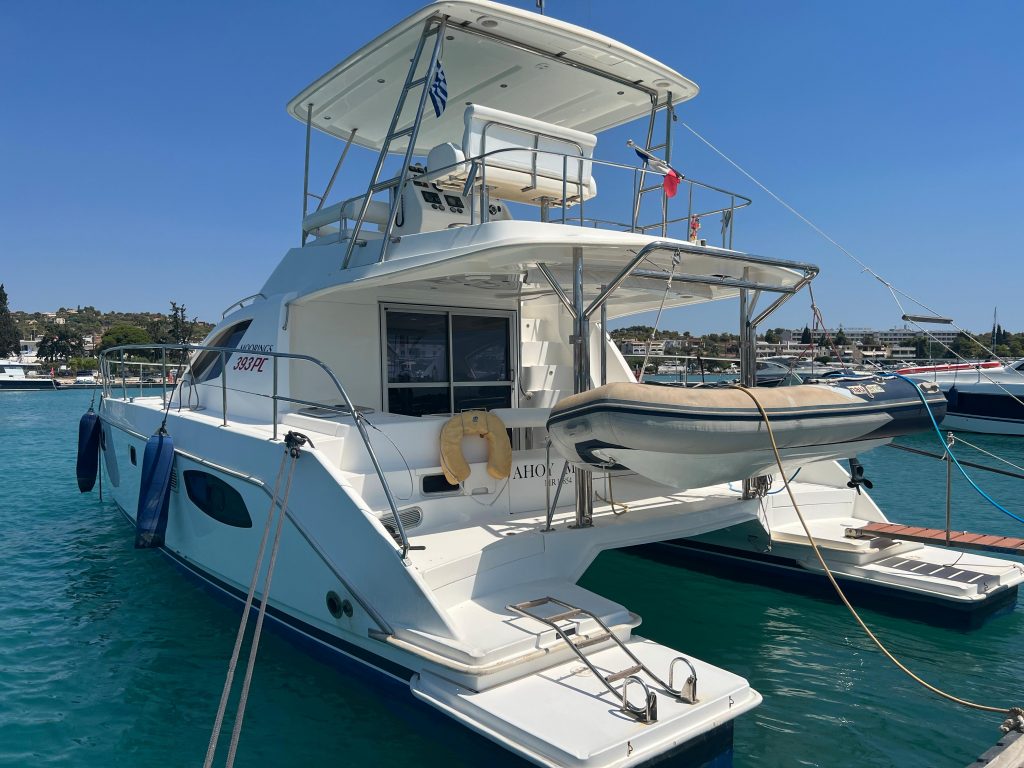
Myths and Misconceptions
There are several myths and misconceptions associated with determining a safe speed for operating a vessel. It is important to understand these misconceptions to ensure safety while operating a boat.
One common myth is that if you can operate a car at a certain speed safely, you can also operate your vessel at that same speed. This line of thinking is erroneous because driving a car is different from operating a vessel in many aspects, such as stopping distance, turning abilities, and external factors like wind and current.
Another misconception is that safe speed is primarily determined by the speed limits set by local authorities. Although following regulations is crucial, it is just one factor in assessing safe speed. To establish a safe operating speed, the operator should also consider visibility, traffic density, vessel maneuverability, background light at night, navigational hazards, draft of the vessel, limitations of radar equipment, and the state of wind, sea, and current.
Some people also mistakenly equate safe speed with the vessel's engine, believing that a well-maintained engine ensures safe speeds. However, vessel's speed should not be solely determined by the engine's capability; proper assessment of environmental and situational factors is essential.
Additionally, many boaters are unaware of the importance of adjusting their speed according to the presence of other vessels. For example, when approaching a slow-moving vessel, it is essential to reduce your speed to avoid causing wakes that can harm the other boat. At the same time, you need to maintain a speed that allows for good maneuverability to avoid collisions.
In conclusion, understanding these myths and misconceptions is crucial for boaters to ensure they operate their vessels at safe speeds. By taking into account all relevant factors, boaters can significantly reduce the risk of accidents and make their boating experience more enjoyable.

Frequently Asked Questions
What factors influence the safe speed for a vessel?
Several factors influence the safe speed for a vessel, including visibility, traffic density, vessel size, maneuverability, and sea state. A safe speed is one that allows the operator to take proper and effective action to avoid collision and stop within an appropriate distance, considering the prevailing circumstances and conditions.
How can weather and visibility impact safe vessel speeds?
Weather and visibility significantly impact safe vessel speeds. Poor visibility due to fog, rain, or darkness makes it difficult for vessel operators to see and avoid hazards, other vessels, or navigational marks. During such conditions, operators should reduce their speed and maintain a close lookout to avoid accidents and collisions.
What is the role of traffic density when determining a safe speed?
Traffic density directly affects a vessel's safe speed. In areas with high traffic density, there is an increased risk of collision, requiring operators to maintain a slower speed to ensure sufficient time and distance to take necessary action. On the other hand, in areas with low traffic density, a vessel may safely operate at a higher speed, assuming other factors are conducive to doing so.
How do vessel size and maneuverability affect safe speeds?
Vessel size and maneuverability are crucial factors in determining safe speeds. Larger vessels have more difficulty maneuvering and may require more time and distance to come to a stop, which means a lower speed for safe navigation. Conversely, smaller vessels have greater maneuverability and can operate at a higher speed while maintaining control of the craft.

When should a vessel operator reduce speed in navigation?
A vessel operator should reduce speed in navigation when encountering poor visibility, high traffic density, extreme weather conditions, or approaching navigational marks or hazards. Slower speeds enhance a vessel's maneuverability, allowing the operator more time to react to unexpected situations and minimize the risk of accidents.
What role does the sea state play in deciding a safe speed for a vessel?
The sea state, including wave heights, swells, and currents, plays a significant role in deciding a vessel's safe speed. Rough sea conditions may require lower speeds to maintain stability, control, and passenger safety. Additionally, wave or current conditions that might push a vessel off course or into danger also warrant reduced speeds to ensure appropriate control and navigation.
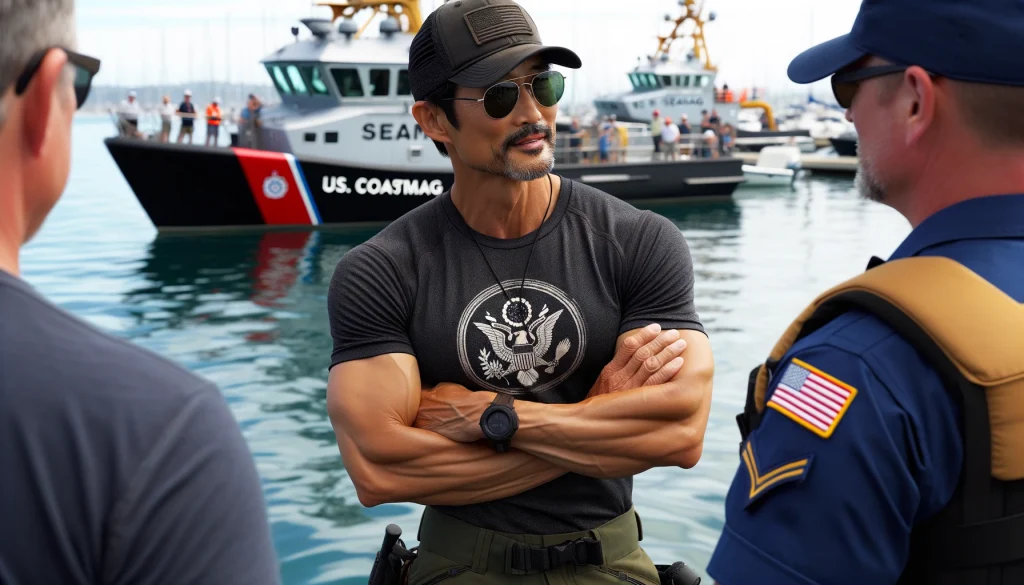
Q&A Woith Coastguard
Charlie, Sea Magazine: Good afternoon, everyone! I’m Charlie from Sea Magazine, and today we’re here with Nate from the SWFL Coast Guard to discuss a very important topic for boat owners and enthusiasts: "How Do You Know When You Are Operating Your Vessel At A Safe Speed?" Nate, welcome!
Nate, SWFL Coast Guard: Thanks, Charlie. It’s a pleasure to be here and talk about this crucial aspect of boating safety.
Charlie: Let’s dive right in. When boaters are out in the waters, how can they be sure they're going at a safe speed?
Nate: Great question, Charlie. First and foremost, boaters should always be aware of local speed limits. Just like driving on roads, certain waterways have posted speed limits that need to be adhered to. Not only do these speed limits ensure the safety of the boaters, but they also protect the marine ecosystem.
Charlie: That's a good point. And I've heard terms like idle speed and no wake speed. Can you explain them?
Nate: Absolutely. Idle speed refers to the slowest speed at which it's possible to maintain the steerage of the boat. It's the speed you would use, for example, when you're maneuvering in tight quarters or docking. No wake speed means a speed at which the boat doesn't produce a wake, ensuring it doesn't disturb other vessels or waterfront properties.
Charlie: Makes sense. Now, considering boat traffic, how does that play into determining a safe speed?
Nate: Boat traffic is an essential factor. In areas with high boat traffic, it's imperative to be even more cautious and reduce your speed. High boat traffic can lead to boating accidents if not navigated carefully. Being aware of your surroundings and the movement of other boats can help prevent collisions.
Charlie: Right, safety first! Nate, does the boat length also factor into determining a safe speed?
Nate: Definitely. The size of your boat, or its boat length, can impact how quickly it can stop or change direction. Larger boats often require more distance to come to a full stop. It's crucial for boat operators to understand the physical limitations of their vessel and operate within those bounds.
Charlie: Speaking of operators, is a boating license required to ensure one knows all these guidelines?
Nate: Yes, in many places, having a boating license is mandatory. This license ensures that the operator understands the rules of the water, including speed regulations. Acquiring a boating license involves education and understanding the intricacies of boat operation, including safe speeds.
Charlie: Fantastic. Lastly, apart from all these guidelines, are there other physical limitations one should consider while operating a vessel?
Nate: Absolutely. Weather conditions, visibility, depth of water, and the boat's condition can all be considered physical limitations. The Coast Guard always advises boaters to be aware of these factors when deciding a safe operating speed.
Charlie: Nate, thank you so much for this enlightening conversation. I believe our readers will benefit greatly from this information and will think twice before speeding on the waters.
Nate: Thank you, Charlie. Safe boating to everyone, and always remember to be cautious and considerate on the water.
Footnotes
Charlie is Editor-in-Chief of Sea Magazine
